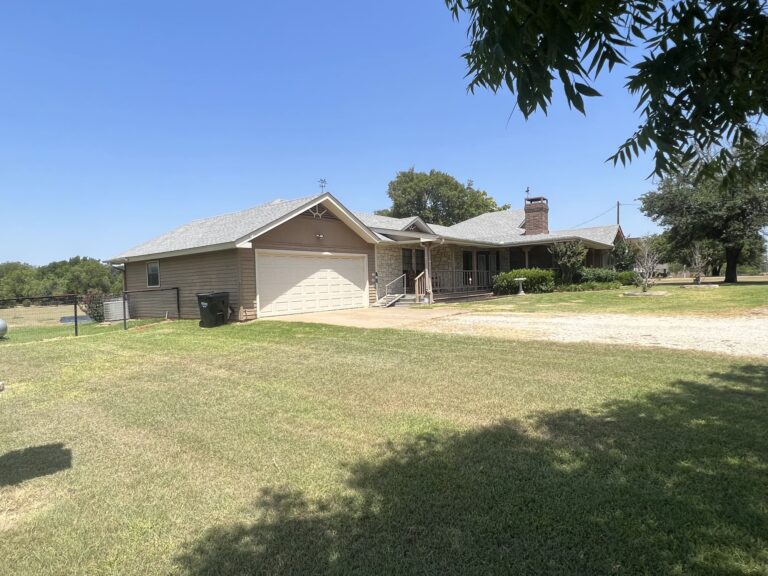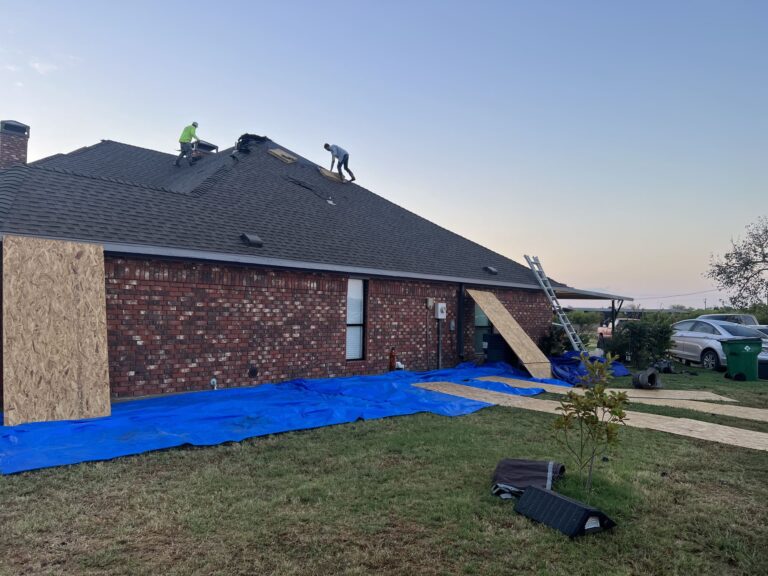Homeownership comes with a plethora of responsibilities and financial obligations. In the state of Texas, homeowners have seen changes in their insurance policies since the passing of a significant law in 2019. This law shifted the burden of responsibility when it comes to paying deductibles. In this blog post, we’ll delve into the details of the law and help homeowners better understand their roles and responsibilities regarding deductibles in Texas.
The 2019 Law
In 2019, the Texas Legislature passed House Bill 1774, which made several changes to insurance claims involving property damage caused by natural disasters, particularly hailstorms, and it significantly impacted how homeowners deal with deductibles in the event of property damage claims.
Under the 2019 law, homeowners are now responsible for paying a percentage-based deductible, rather than a previously fixed amount. This change has made it crucial for homeowners to fully understand the implications and their obligations when making insurance claims related to property damage.
Percentage-Based Deductibles
Prior to the 2019 law, many homeowners in Texas were accustomed to paying fixed deductibles, typically set at a specific dollar amount, such as $1,000 or $2,000. With the introduction of the new law, deductibles for property damage claims are now calculated as a percentage of the insured value of a home, typically set at 1% or 2%. This percentage-based deductible applies specifically to claims related to storm damage, including hailstorms, hurricanes, and windstorms.
The key change in the law is that homeowners must now pay a percentage of the insured value of their home, which can result in a substantially higher out-of-pocket expense, especially for those with high-value properties.
Understanding the Impact
The shift from fixed-dollar deductibles to percentage-based deductibles has significant implications for Texas homeowners. Here are a few key points to consider:
- Increased Financial Responsibility: Homeowners with higher-valued properties may find themselves responsible for much larger deductible amounts. For example, if your home is insured for $500,000, a 1% deductible would equate to $5,000. This can be a considerable financial burden.
- Importance of Adequate Coverage: It’s crucial for homeowners to review and understand their insurance policies, ensuring they have adequate coverage that reflects the current value of their homes. Inadequate coverage could result in a substantial financial gap when it comes to paying the deductible.
- Timing Matters: The 2019 law also set a stricter deadline for homeowners to file claims related to storm damage. Failing to report damage within a specific timeframe can affect the percentage-based deductible calculation, leaving homeowners with a higher out-of-pocket expense.
- Seeking Legal Counsel: If you find yourself in a dispute with your insurance company over a storm damage claim, it may be wise to seek legal advice. An experienced attorney can help protect your rights and ensure you receive fair compensation.
The 2019 law in Texas fundamentally changed how homeowners are responsible for paying their deductibles, shifting from fixed-dollar amounts to percentage-based deductibles. This change can have significant financial implications for homeowners, particularly those with higher-valued properties. To navigate these changes successfully, homeowners should review their insurance policies, understand the percentage-based deductible calculation, and ensure they have adequate coverage.
It’s also important to be aware of the timing requirements for reporting damage and be prepared to seek legal counsel if necessary. By staying informed and proactive, Texas homeowners can better manage their financial responsibilities in the event of property damage claims and protect their investments.



